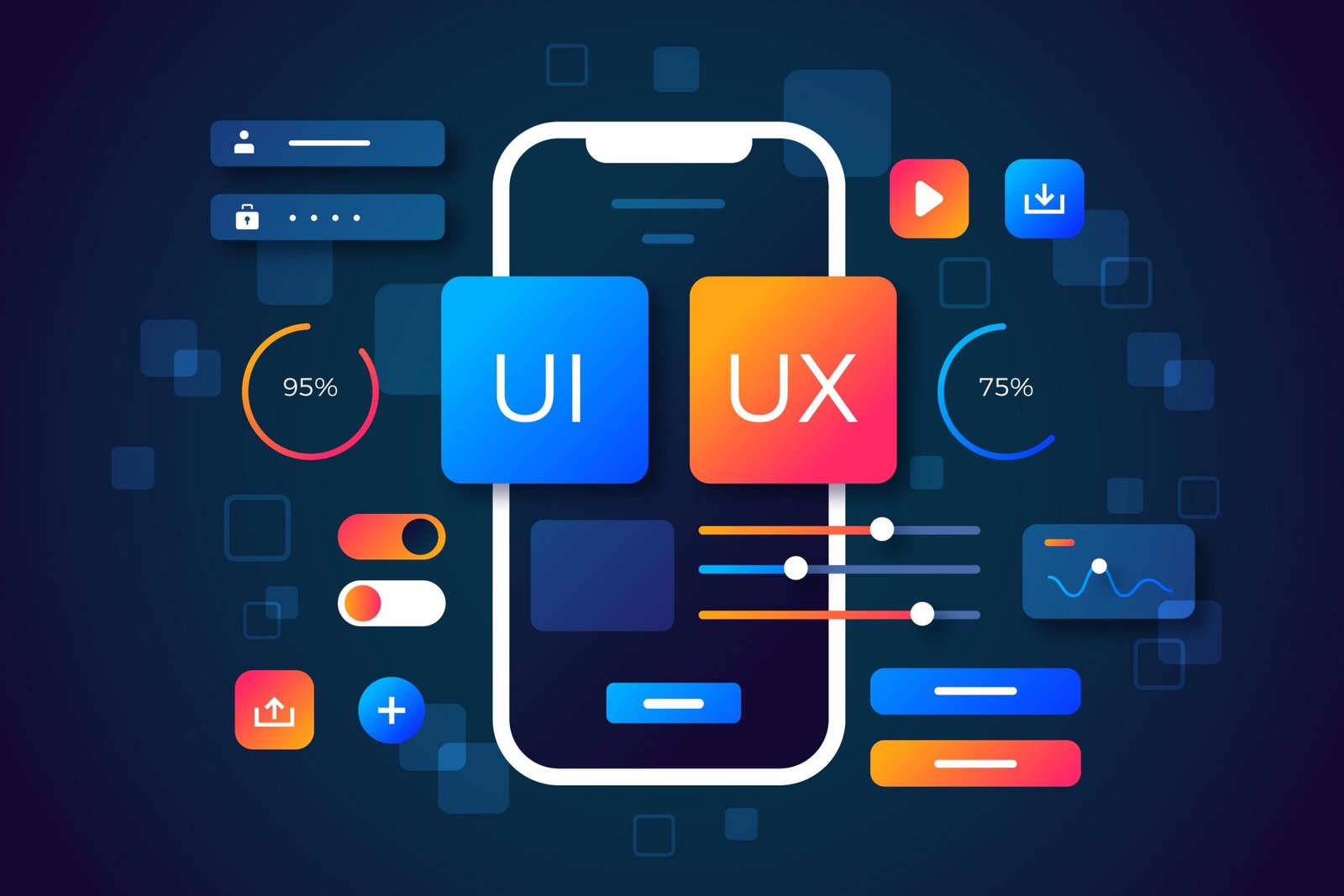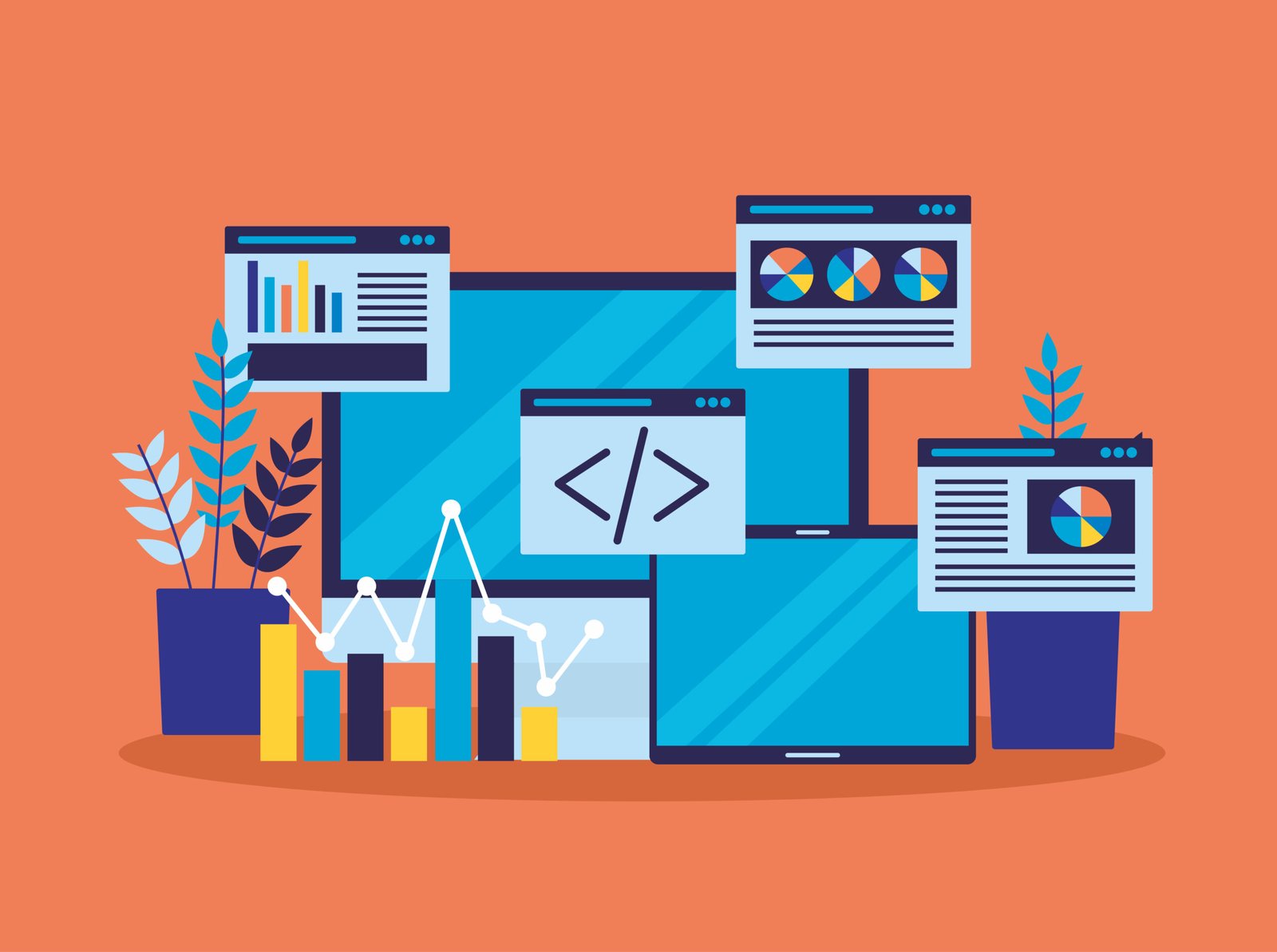To be honest, creating a website can be a little daunting in the beginning.
There are words you don’t understand, and so many parts that move all at once that it is not surprising you feel overwhelmed before you even get started. After working with dozens of clients (from coffee shops to startups and everything in between), I can tell you that the web development process doesn’t have to be confusing or filled with buzzwords. I want to pull back the curtain on how a good website actually comes together step by step, the same way real teams actually do it.
Here’s a breakdown, in plain talk, of what you can expect from that first "let’s make a site" idea all the way to hitting the launch button and keeping it running afterward. If you pitch in along the way and know what’s coming, your website will end up stronger, better suited to your business, and way less stressful to build.
Stage 1: Discovery, Research, and Website Planning

Every solid website begins with website planning. Not just a scribbled idea on a napkin, but a real, thoughtful back-and-forth about what you (and your customers) actually need. We kick off by diving into your business, figuring
out your main goals, and mapping out what you want from your website, not just “a website,” but how it should help you grow.
Figuring Out Your Goals and Who You Want to Reach
First, I want to know: why are you building this site? Are you hoping for more sales? Want to share your expertise? Maybe you need people to book appointments or just learn more about what you do. Defining this early helps shape your entire web design and development process. I’ll ask a lot of questions. No two projects are the same, and it’s easy to miss something if we just make assumptions.
Then it’s about the folks you’re trying to reach. Who are they? Are they tech- savvy or not? Young parents, busy professionals, curious hobbyists? Even simple sketches of your key visitors (“personas,” if you like fancy terms)
can save hours later, because they shape how we talk to them and what we show them on each page.
What Are Others Doing? (Competitive Review and Scoping)
Nobody builds in a bubble, so we'll look around at what your competitors are doing online. Is there something their sites really nail? What looks clunky? This stage of web development helps you learn from their successes (and mistakes). It’s not about copying, it’s about staying informed and finding your unique edge.
At this point, I like to outline your site’s “must-haves.” Think: blog, login form, photo gallery, event calendar. Documenting everything avoids surprises later in the web development workflow. If you get stuck? Pull in a
Website Development Consultancy to help chart the course; it’s worth it.
Stage 2: UX/UI Design – Making It Feel Yours

This is where things start to take shape. Instead of blue-sky ideas, we start penciling in (literally or digitally) what pages and content look like and how someone will use your site. In this stage of the web development process,
we turn concepts into structure and personality.
Planning the Experience (UX – User Experience)
We start with structure: what goes where, and why? This isn’t the “pretty” stage; think rough maps more than art. These blueprints (or “wireframes”) let us plot out key sections. Maybe the contact form needs to be up top, or
your best testimonials should stand right on the home page.
No flashy visuals, yet we just want to make sure everything fits logically. If a stranger landed here, could they find what they’re looking for without clicking in circles? That’s the big question.
Bringing It to Life Visually (UI – User Interface)
Once we solidified the information architecture, it was time to let the fun begin with color, graphics, type, and your brand's personality. We take the skeletal wireframe and give it skin and muscle to personalize the wireframe
to your needs! It’s true to colors and will give you a real impression as to what your pages will look like; no guesswork.
We give you a chance to click around in a prototype, like a test drive before the car is built! If it feels wrong or behaves unexpectedly, it tells you to consider a change that matters. If that level of design isn’t what you need,
try a UI UX Design Service that will shape the look and feel at the same time.
Stage 3: Front-End and Back-End Development

Alright, now the gears start turning. This is when your website actually turns from a pile of mockups into pages you can visit in a browser.
Building What Your Visitors See (Front-End Development)
Front-end is what you (and your visitors) interact with: navigation menus, buttons, images, videos, forms. It’s built using HTML for structure, CSS for appearance, and JavaScript for interactions (like photo sliders or pop-up
boxes).
It’s not just about looking good; it has to work well, whether someone’s on a giant monitor or a tiny phone. Responsive design is a big deal, and anyone offering Responsive Web Design Services should make sure everything adapts nicely to whatever device’s in hand.
If you need extra polish, Front End Development Services help guarantee the visuals match what you signed off on in design.
Powering the Behind-the-Scenes Stuff (Back-End Development)
Meanwhile, on the “engine” side of things, the back-end makes sure sign-ups, payments, and user logins run as they should. Data gets stored, emails go out, and shopping carts work. This coding is often done in PHP, Node.js, or Python, and it’s invisible to visitors, but if it’s buggy or insecure, everyone will notice quickly.
The front and back end communicate constantly, using tools called APIs. Need to build something more advanced, like a customer dashboard or interactive tool? Team up with a team that knows Backend Development Service and Web Application Development for smooth results.
Stage 4: Content Management System (CMS) Integration
You want to update your news, staff page, or inventory without calling a developer every time? That’s what a CMS is for. Popular options are WordPress, Drupal, Shopify, and Magento. We’ll figure out what makes sense for you based on what you want to control, and you’ll get a quick crash course in how to use it before we’re done.
E-commerce owners: time for a refresh? Our Magento Migration Services make upgrading your online store easy, so you’re not left behind as platforms evolve.
The main point: you’ll always be able to keep your site fresh without help from tech support. That’s the kind of “process of website creation” modern sites demand.
Stage 5: Website Testing and Quality Checks
We’re almost ready for launch, but first testing. Lots of it. No guessing, no skipping steps: this is where you find the odd broken link, that button which doesn’t work on Safari, or a slow-loading photo that tanks your homepage speed.
Here’s how we check things off:
- Is it working? Every link, every form, every login gets poked and prodded.
- Does it work everywhere? We test on Chrome, Firefox, Edge, Safari, Android, and iPhones, too. What looks great on your laptop should work just as well on a tablet.
- Is it fast enough? Slow sites send people running. We chase down bottlenecks and fix what’s slow.
- Is it easy for new people? Give it to a friend who hasn’t seen the sit,e they’ll spot confusing stuff you missed.
- Is it safe? A new site can attract hackers. We scan for vulnerabilities and install layers of security.
It always pays to be picky here. If you want a team that treats testing and launching as a package deal, look into solid Website Testing and Launch options.
Stage 6: Go Live! (Launching Your Website)
The big day comes, and if everything’s gone right, it should feel almost uneventful. Going live is about flipping the switch on your real domain, but there’s a whole checklist before then:
- Last code check: One more thorough sweep for bugs.
- Server setup: Hosting set for speed, security, and growth.
- Moving content: Getting everything from practice to production.
- Switching over: Connecting your real web address so the world can see it.
We’ll keep you updated at every step, and double- or triple-check that the site is running smoothly once it’s public. No vanishing act from us if something’s not perfect, we fix it.
Stage 7: Keeping It Humming Along (Ongoing Maintenance & Support)
Websites don’t run themselves forever. Things break, spammers test your defenses, and new updates come out every month. After you launch, a smart website maintenance routine makes the difference between a website that ages gracefully and one that starts falling apart.
Here’s what we cover:
- Backups: Regular, automatic copies so a glitch doesn’t mean disaster.
- Updating software: CMS and plugins need regular patches so hackers don’t get in.
- Security scanning: Constant monitoring for weird activity or vulnerabilities.
- Tuning: Speed tweaks as you add content or traffic grows.
- Support: Anytime you’re stuck or hit a strange problem, you have someone to call.
Sites big and small, whether it’s a slick portfolio, a Web Portal Development, all need some TLC to stay in top shape.
Frequently Asked Questions (FAQ)
What are the steps of web development?
You’ll go through: planning, design, front-end and back-end building, adding content tools (CMS), testing, going live, and regular updates after launch.
How is front-end development different from back-end development?
Front-end is what visitors actually see: colors, layout, buttons, forms. The back-end runs your site under the hood: it handles logins, databases, payments, and more. Look for a Web Development agency that covers both
sides if you want things to work seamlessly.
How long will it take to make my website?
Timelines depend on the size and features. A basic site might be ready in a month, while a complex one takes three or four months (or longer). Nailing down your needs early makes everything easier and faster.
